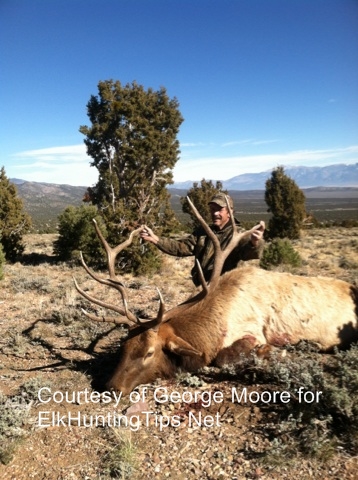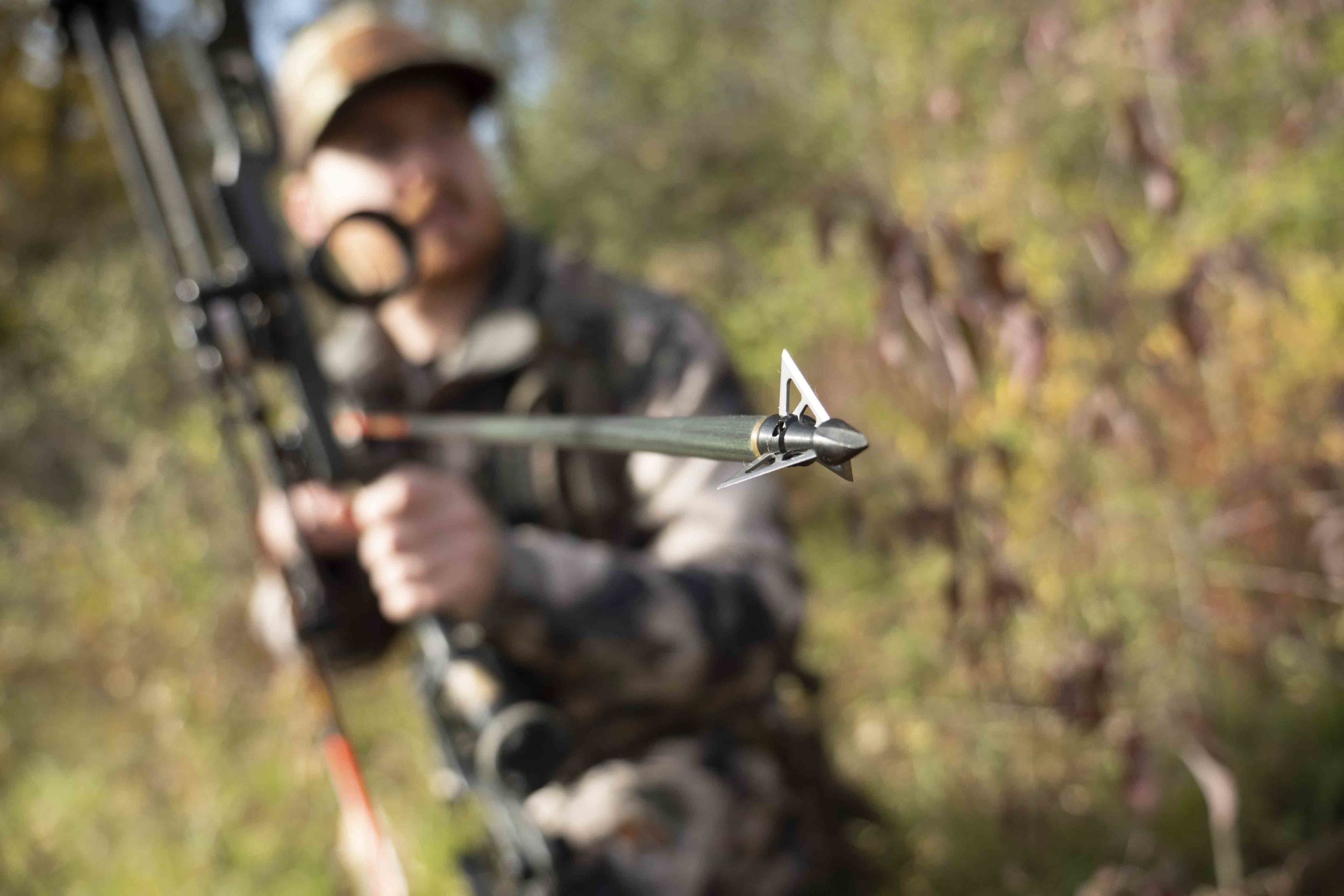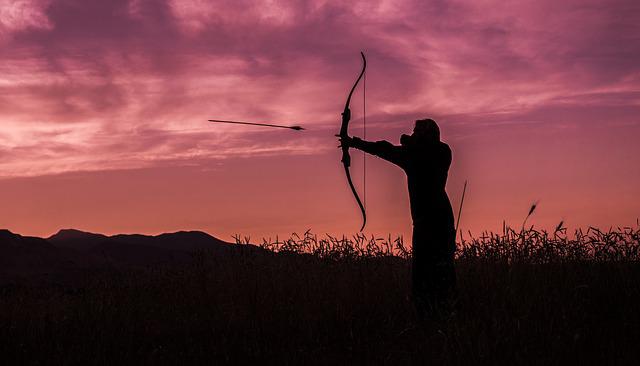
Cover crops can be planted in your field prior to and after harvest. This is a great way to create food plots. Cover crops are a great companion for late-season vegetables because they extract nutrients from the soil. Many clovers and mix well with cover crops to create an attractive food plot system. Here are some examples. All of these foods taste great for wildlife. You can make a more complex food system for animals to thrive.
Soybeans
Soybean, a perennial favorite of deer, makes an excellent late-season food plot. Soybeans attract the most deer, no matter when they are planted. Because it is low-maintenance and easy to grow, soybeans are preferred by deer over other crops. Soybeans can be grown for up to 10 months after planting and are great forage.
Brassicas
Brassicas can be planted in late season food plots. This is because they are fast growing and have a high amount of leafy biomass. There is less weed pressure in the early seasons and grazing can help reduce weeds. However, grass-selective hericides may also prove to be effective. These should be applied while the plants still have their young growth. It is important to rotate the plots at least every two years after harvest.

Perennials
Using perennials for food plots offers many benefits. The soil will be freed from the annual plants. Perennials can stabilize the soil and provide food for the entire season. Additionally, perennials are much cheaper than annuals. Perennials may be planted in small areas, or even in clearings. Keep in mind any trees that are large or have other uses. Remember to include any mast-producing species.
Turnips
One of the most effective practices is to plant late-season turnips in food plots. While these vegetables are delicious and nutritious to human consumers, deer do not always appreciate the taste. In addition to their bitter flavor, they also provide important nutrition for deer. Turnips are an excellent food source that can also attract deer. This is how to plant them.
Radishes
You can grow late season radishes on food plots by planting them in a mixture with other brassicas. This will improve the diversity of the plot and add nutrients to your soil. Make sure you do a soil sample and then average it across your plot before you plant. The area should be cleared of all weeds, and fertilized and limed as needed.
Oats
One way to increase the meat of deer in late season oats food parcels is to plant oats at the beginning of spring. These grazing crops grow quickly in troughs of less than one and a half inches. They are easy to harvest in spring, and they die in fall. Oats can survive the winter unlike many other crops. During this time, oats seed is available from many seed companies.

Winter wheat
Winter wheat is best planted in autumn. Although you can plant it in autumn, it can also be grown into the spring. You can plant this crop anywhere in the country. Its seeds are rich in protein and easy to digest by wildlife. It is a popular food choice for deer in winter. Additionally, the seed heads contain a lot energy. Moreover, winter wheat is an excellent late season food plot choice.
Rye
Rye is a good choice if you are looking for more protein or carbohydrates for your deer area. Rye is an annual grass that grows to three to five feet in height. Rye can be planted in late-season food plots and with other cool-season species to increase its yield. To increase its nutritional and palatability, you can also mix it with other cereal grain varieties. Rye is also very digestible by deer, making them a great late-season food plot.
FAQ
How many Americans are dependent on hunting?
More than 300 million hunters live in the United States. This means that there are almost twice as many hunters in America than people who live in New York City.
Hunting has been a popular American pastime for centuries. Today, Americans hunt for sport less than ever. According to U.S. The U.S. Fish & Wildlife Service reports that only 2 percent shoot regularly. This number is even lower for young adults.
While hunting may seem like something that is long gone, it is still popular among the older generation. Recent research found that 68% of boomers plan on hunting again when they retire. Hunting is a way for them to connect with the natural world and enjoy the outdoors.
For younger generations, however hunting isn’t necessarily a priority. According to National Shooting Sports Foundation, 18% of millennials don't consider themselves to be avid shooters.
FWS works hard to ensure that America's wild places are accessible to all.
The agency launched "Wild Lands", a campaign to raise awareness of public lands across the nation in 2014. This campaign aims to inform people about the importance and encourage people to visit these areas.
Conservation efforts are also encouraged through the Wild Lands Program. FWS and National Rifle Association formed a partnership to create Project Gunter, a youth-oriented shooting sports program. This program teaches kids how to safely handle firearms and helps them develop skills such as marksmanship and safety.
Project Gunter is now expanding to include women and minorities. Project Gunter is now expanding to include women and minorities.
Can I hunt with or without a license?
Yes, hunting is legal without a license. But, you're breaking the law.
You could face jail or fines.
Some states permit residents to hunt without a license. For more information, contact your state department or natural resources.
What is the most critical part of hunting wildlife?
How can we achieve this? The first step is to learn how to shoot accurately. Then we must learn to hit our target. We must also learn to adjust when we miss our target.
The most important part of hunting is knowing what you're doing. If you don’t understand the basics of hunting, you won’t be able to improve. Although you might believe you have improved your shots because you are better, if you don't know how to do it before, these shots won't matter. This is also true for hitting targets. If you don't understand why you're missing, you'll never improve. This means that it is essential to understand what your goal is.
Knowledge is key. Your ability to hunt depends on your understanding of the animal you're trying to kill. If you go out into nature, you will want to be as knowledgeable as possible about the animals you come across. You want to know their habits, their behaviors, and even their personalities. So you can plan your hunts smoothly and efficiently.
Always learn from people who have succeeded before you. This topic is covered in many books. In addition, there are websites like www.thehuntingzone.com that offer great tips and advice. You can also find people with years worth of experience. They can help you to identify what works well and what doesn’t.
It's time for you to practice once you've learned all that you can. Practice makes perfect. However, you shouldn't just practice until you feel good. Instead, practice until confidence is built. Confidence makes it possible to relax and enjoy your work. Relaxation makes it easier to concentrate on the task at-hand. Concentration allows for you to make the most of every opportunity. You can only be relaxed and focused when there are opportunities.
It's time for you to test your new skills. Don't worry if you fail. Keep practicing and improving. You'll eventually succeed.
Is it permissible to hunt bears here in Alaska?
Yes, you can hunt bears in Alaska. Some hunters use traps and snares to capture bears. Others use dogs or traps to track down bears.
The Alaska Board of Game regulates bear hunting. Before hunting in the woods, hunters must have a bear tag.
Denali National Park Preserve has a lot of bear hunting. Special guided hunts allow tourists to take a bear hunting trip that costs a lot.
Statistics
- Over the past 50 years, the number of hunting licenses in California has been on a rapid decline, falling 70% from more than 760,000 in the 1970s to under 268,000 in 2020—even as the state's population has skyrocketed, according to The Mercury News. (stacker.com)
- Thanks to the 1937 Pittman-Robertson Act, an 11% excise tax was placed on the sale of firearms, which were then used for conservation. (stacker.com)
- Licenses dropped from a peak of roughly 17 million in the 1980s to 15 million in 2019, according to The Seattle Times. (stacker.com)
- - Percent of residents with paid hunting licenses: 0.7%- (stacker.com)
External Links
How To
How to make a Deer Blind
A deer blind is an example of a hunting device that hides game animals such deer, elk and others. It usually consists of an enclosed area made of wood or canvas that is covered with branches, leaves, and sometimes covered with leaves. The hunter hides inside the enclosure and waits for the animal to pass by. When hunting at night, a deer blind is frequently used.
There are many sizes and shapes of deer blinds. Some are portable while others are permanent structures. These structures are usually made of plywood, cardboard, plastic or canvas and metal.
The most commonly used type of deerblinds is the box blind (also called box stand), which consists of a wooden box with roof and walls. Because they are simple to build and easy to transport, boxes are extremely popular.
Another type of deer blind is a tree stand. Tree stands are made to look natural, so no one would guess they were there. Most tree stands can be permanently attached to trees.
Ground blinds are also available, which look similar to tree stand but are built into a ground. Ground blinds can often be disguised with dirt, rocks, sand, or grass. Ground blinds are also known as "groundboxes".
There are several different ways to hunt with a deer blind. Another way to hunt with a deer blind is to simply wait for it to approach. You can also try moving around to scare away the animal. This method can be used if you are unable to remain still and don't move much. This could make the animal think you are a predator, and they may run away.
If you want to use a deer blind, you'll first need to find a suitable spot. It is important to choose a location where the wind doesn't blow your scent towards the animal. Also, avoid areas where people hike frequently.
You should also know how to set up the blind properly. This is because you don't want the animal to run away from you.